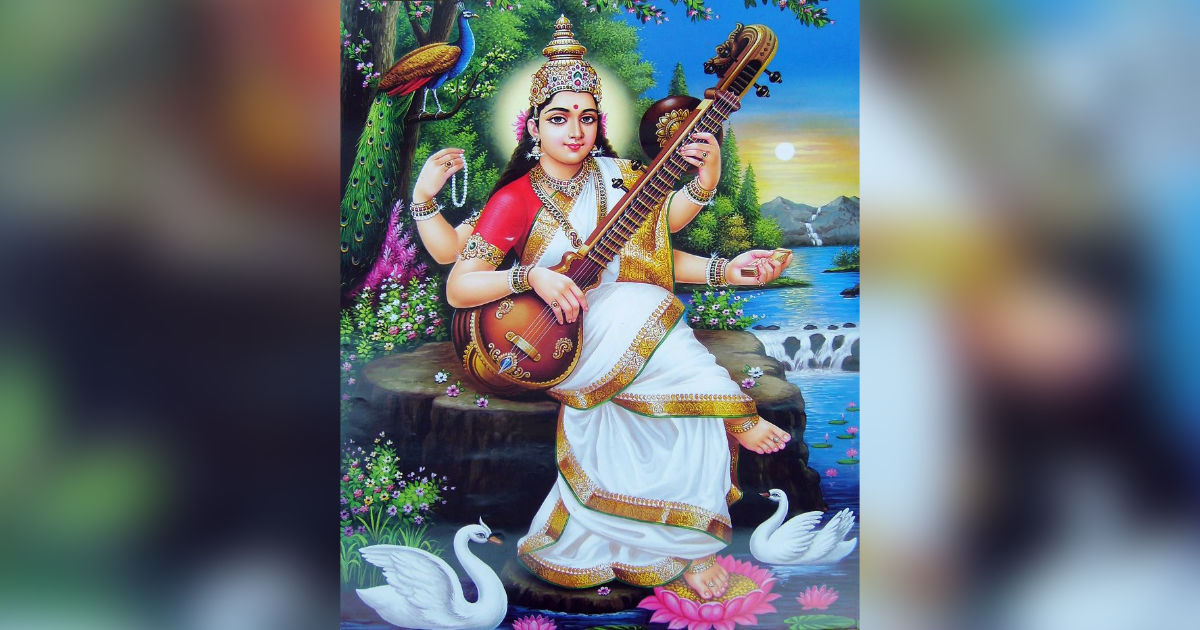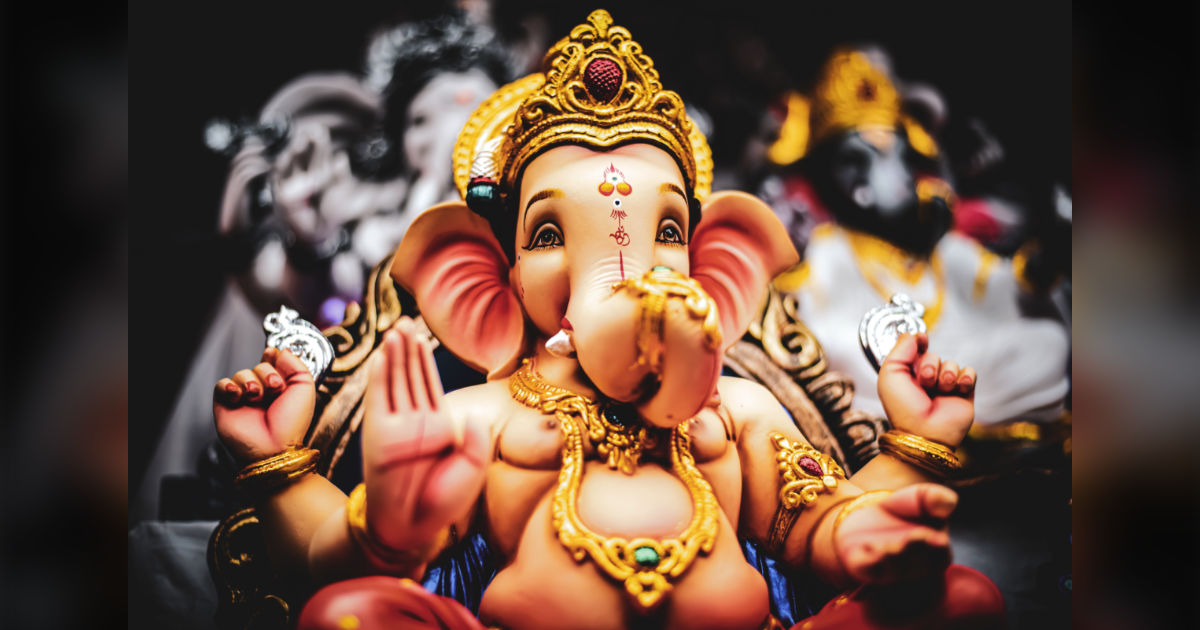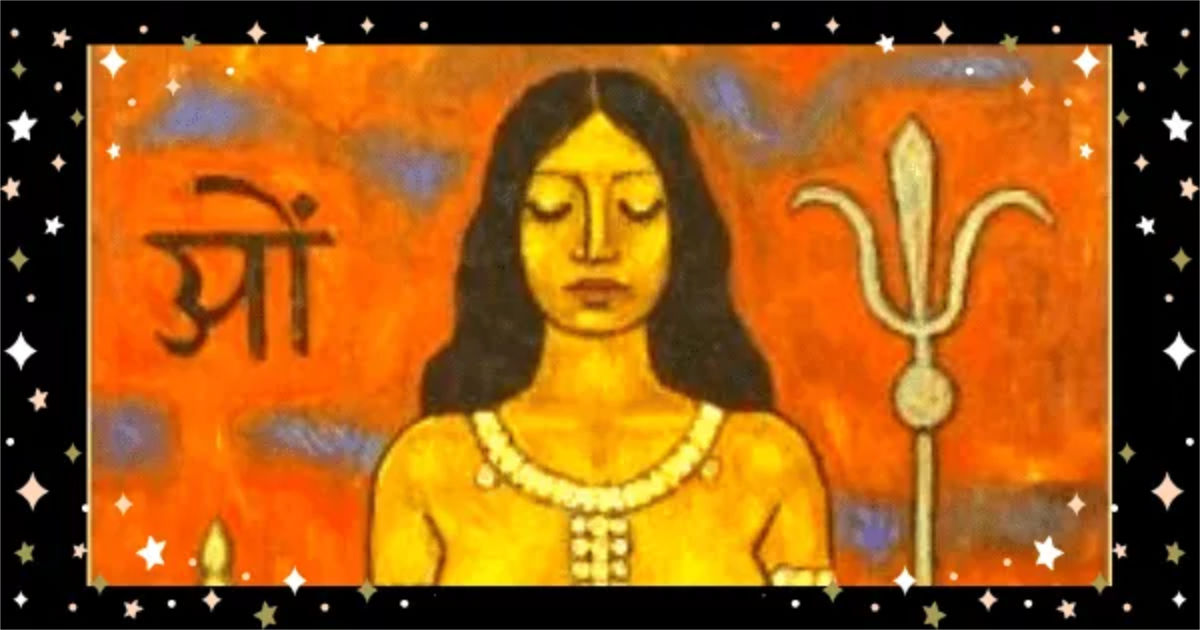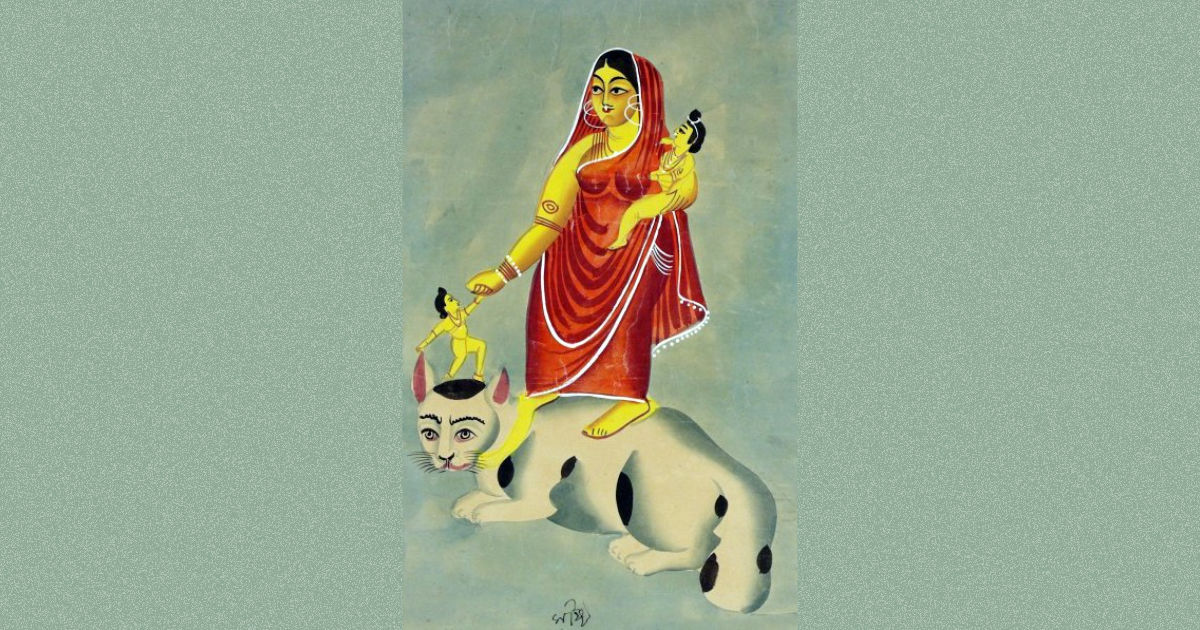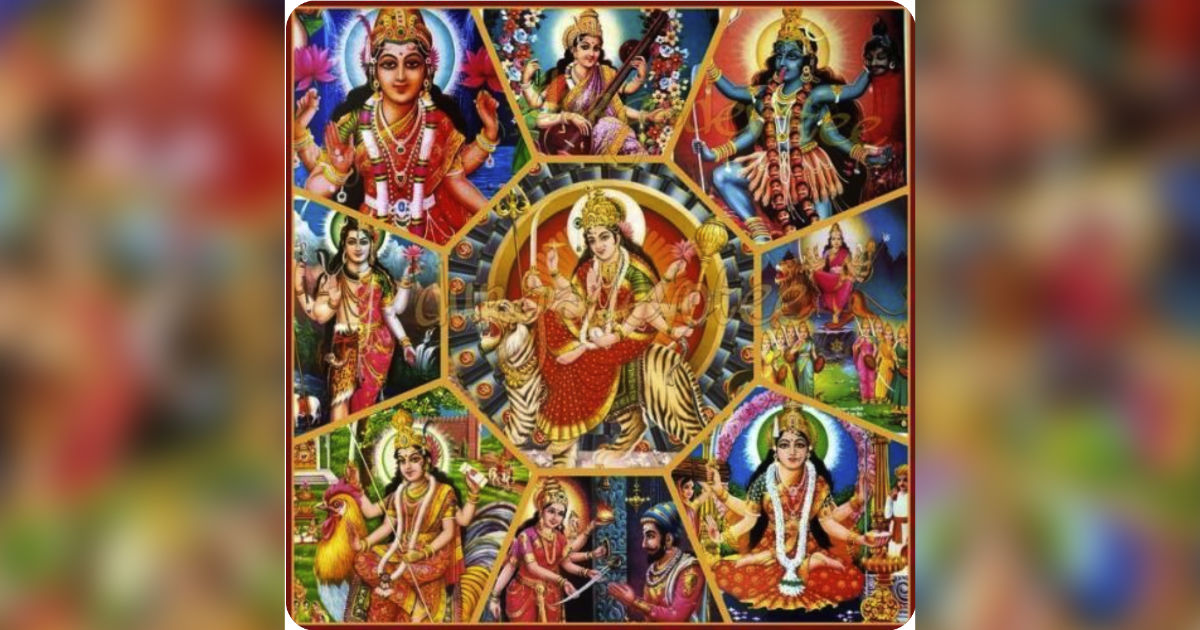What does Vidya mean? Vidya means correct knowledge in any field of science, learning, philosophy or any factual knowledge that cannot be disputed or refuted. Its root is Vid (Sanskrit) which means to reason upon, knower, finding, knowing, acquiring or understanding. Vidya is also the name of Saraswati. Continue reading
Tag Archives: prana
603 – Ganesha Meditation
Visualization in this meditation step by step.
Become aware of your mooladhara chakra. Concentrate upon it. It is at the tip of the cervix for females and between the anus and the scrotum for males. Gaze at the nose tip and practice nose tip gazing (Nasikgrah Drishti), which stimulates the mooladhara chakra. The mooladhara chakra restores your stability and balance. It grounds you. Stay with the sadhana for five minutes. Continue reading
598 – The First Emancipated Woman – Lal Ded
Before the word emancipation existed Lalleshwari, or Lal Ded was truly liberated. She broke away from tradition, defied marriage, mother-in-law’s hostile treatment and became a seeker of truth. All this happened in the 14th century. Continue reading
589 – Mauna which we seek
We are battling noise. We are surrounded by it. How can we define Mauna (silence)? It is the language of God which can only be heard when there is peace of mind. It is the language of the heart. How do attain Mauna or silence of the mind and our senses? Continue reading
563 – Nyasa
Nyasa is derived from a tantric practice. Anga means main limbs or organs of the body like the toes, hips, knees, back, chest, shoulder blades and the head. Anga Nyasa is the installation of the Lord in the devotees own physical form. Continue reading
562 – Chant with your heart – part 2
During the first stage of Ajapa japa, one introspects upon So with ingoing breath and Ham with outgoing breath. Now in the second stage, the process is reversed. Continue reading
560 – Chant with your heart
Ajapa Japa Sadhana as explained by Swami Satyananda Saraswati.
When we chant, we are uttering from the mouth, when we chant from the heart, it is called Ajapa. Ajapa Japa is a complete sadhana and through it one can have direct experience of samadhi. Continue reading
539 – Words – sacred sounds
The power of the word lasts forever. It cannot fade away. I read that when we say something hurtful to someone intentionally, it never leaves the ether. Words are made of prana as we utter them by using our prana. They themselves have the energy and power which can heal, help, hurt, harm or hinder, humiliate and humble. Continue reading
537 – The mightiest meditation sadhana
Ananthasayana is the lord of the creative energy. One glance from him grants material energy, the prana to give birth to all organic and inorganic matter. He is Vishnu, the sustainer and he is often portrayed as sleeping on the cosmic serpent that coils itself into a bed, positioning its many heads as a canopy. The Sesa Naga is identical to Vishnu, who is also known as Naga Sayana. Continue reading
517 – A miracle happened in my life
I love cats and we have several outside cats. I picked up this term from an American diplomat who had one main cat in the house and all the others were outside cats. They were fed and taken care of. Our outside cat, Lulu Lola was injured. Someone had hit her lower back. Continue reading
507 – The release of prana in powerful words
What happens to us when we say potent words aloud?
Love, our face lights up. We have a warm feeling inside us.
Joy is an expression of delight and jubilation. We smile.
Friendship, when we have affection and respect for someone. We are included.
Compassion being sensitive to others.
Empathy when we relate to others’ problems.
Hate and anger are intense emotions. They result in an adrenalin rush. We frown, look cross and add lines to our face.
Fear triggers another release, when we say that we are afraid, it reduces our level of fear, or it can further exaggerate it. Continue reading
498 – Power over your mind?
Might is right. Who is mighty? Mighty is a person who is more powerful and stronger than us. They are people who can go unchallenged even if their action is in fact unjustified. Woe betides anyone who questioned them. I have observed this in the confrontations which happen in my balcony. I love cats; however, I stopped keeping cats as my cats became like dogs. Since we always had a dog, our cats came later, and they would follow us on our walks. Outcome was our cats were killed by strays. They became fearless. Now we have cats visiting us on our balcony and they are wild. Continue reading
492 – The Prana Package
Look, talk and walk is what one does. Except one is self-centered and therefore selfish. Only one is visible and everyone else is invisible.
Self-absorption is a very exacting habit. One is only thinking about oneself. While walking, one is engrossed with oneself, while speaking one is hearing only oneself and when it comes to looking, one is indulging in ogling oneself. Continue reading
479 – 10 Divine forms of the Goddess
Das Mahavidyas are the divine forms of the Goddess. They are very powerful forms of the Goddess and can be worshipped in their individual manifestations. Their origin is when Sati manifested herself into the ten forms of Adi Shakti because Shiva would not allow her to attend her father’s Yagna uninvited. Both Sati and Shiva had not received an invite. When Shiva found that he was surrounded by these Goddesses in every direction, he agreed to attend the function. Continue reading
465 – Prana, our subtle breath
Having controlled the Prana and Apana, during Kumbhaka (breath retention), with the gaze fixed steadily at the tip of the nose, performing shanmukh mudra with the fingers of both hands, the mind merge itself in the sound of pranava, Aum. – Upanishads.
Shanmukh mudra is practiced when one closes the ears with the thumbs, the eyes with the index fingers, the nostrils with middle fingers, and place the little finger below the lips. Release the pressure of the middle fingers and open the nostrils. Inhale slowly and deeply using full yogic breathing. At the end of the inhalation, close the nostrils with the middle fingers and practice Kumbhaka (holding breath). Hold breath for as long as possible. Release the pressure of the middle finger and slowly exhale.
What are the Upanishads saying?
Through one’s breath awareness, one is able to control inhalation and exhalation. When this is accomplished, one is able to rid oneself of negativity, doubts and fears. The outcome is one’s thoughts are no longer the rulers of one’s mind.
The mind, when it is free from thoughts, desire and motion, merges in the supreme Brahman. This state is Samadhi. – Upanishads.
The year is ending and what is the resolution one can make? Balance one’s prana and to do that practice Samvrit Pranayama. Inhale to the count of five, hold the breath to the count of five, exhale to the count of five and hold the breath outside to the count of five. Practice 27 times with the mantra So Ham, Aum or your personal mantra. Remain on the spiritual path.
Aim Hrim Klim

